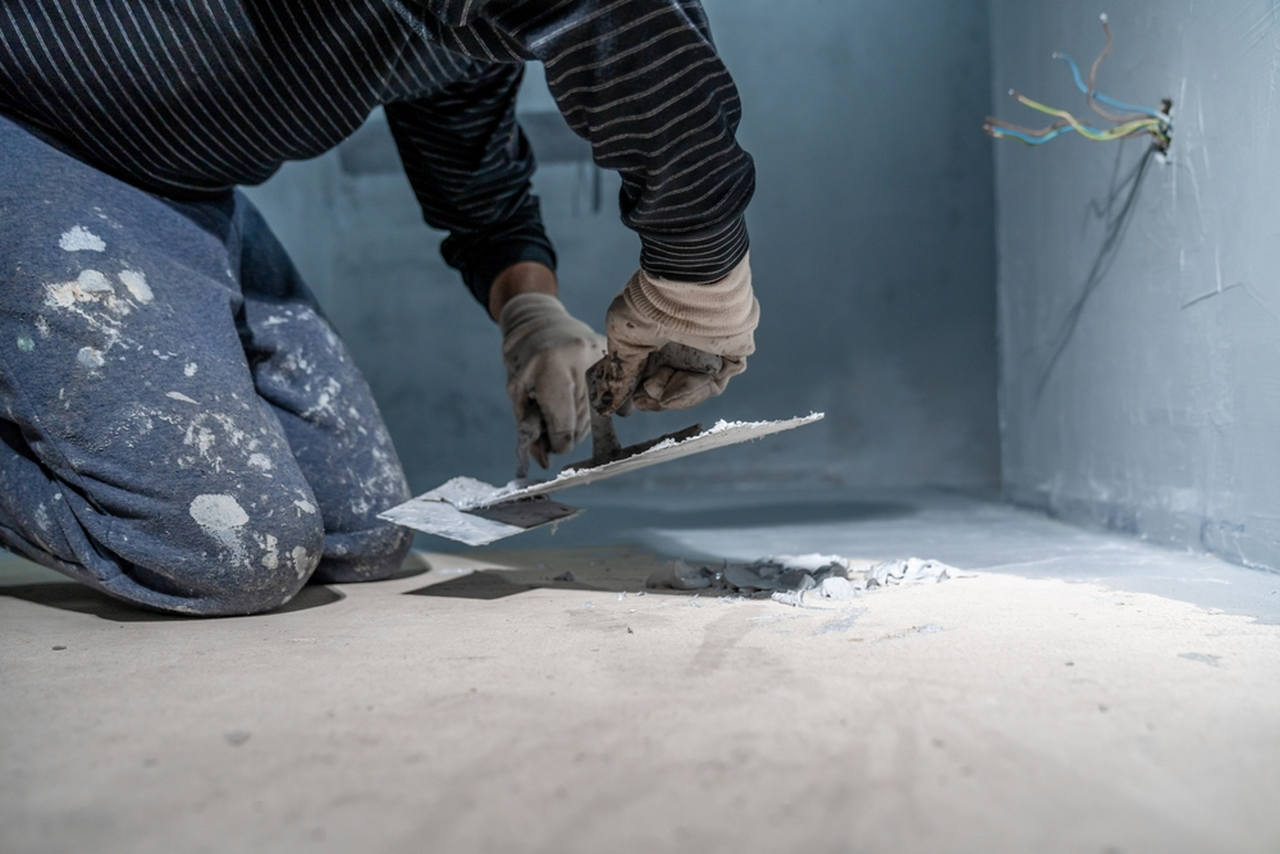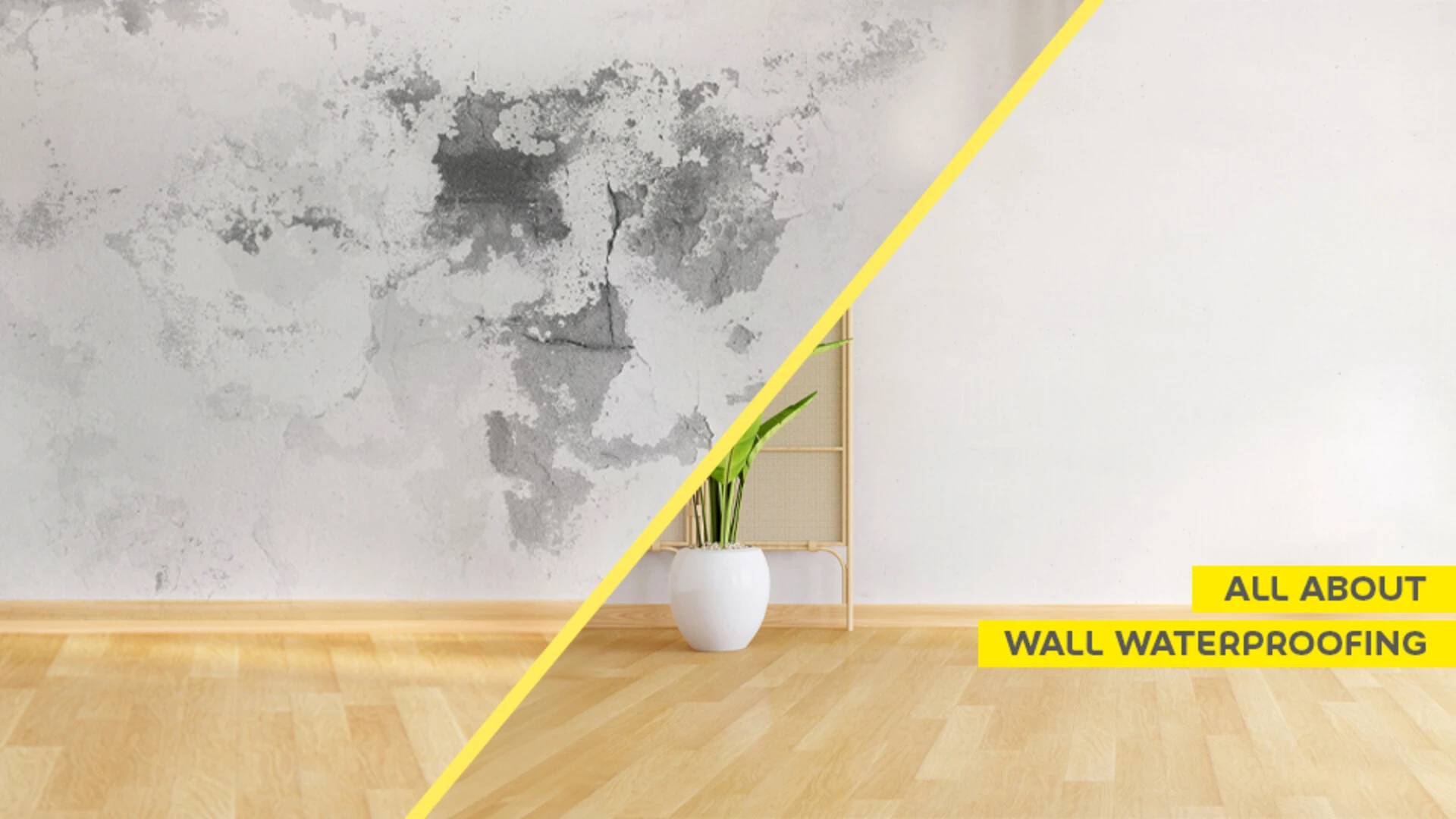Yard drainage Omaha: Real Results from Omaha Homes
Wiki Article
Kinds of Waterproofing: Discovering the Various Techniques and Their Applications
Waterproofing is a vital aspect of construction and maintenance. It secures frameworks from the damaging impacts of water damages. There are numerous approaches readily available, each with its one-of-a-kind applications and advantages. From membrane systems to cementitious remedies, recognizing these options is important for efficient execution. The selection of waterproofing approach can substantially influence longevity and long life. Discovering these numerous techniques exposes their distinctive benefits and possible difficulties, motivating further consideration of optimal options.Membrane Layer Waterproofing Solutions
Membrane layer waterproofing systems work as a crucial barrier versus water breach in different frameworks. These systems typically contain thin sheets made from products like rubber, polycarbonate, or asphalt, which are put on surface areas to avoid dampness penetration. They can be mounted over or below quality and are especially effective in locations susceptible to high water exposure, such as basements, roofings, and foundations.The setup process involves cleaning up the substrate, applying adhesives or guides, and specifically fitting the membrane to assure total coverage. Membrane layer systems can be either totally stuck, mechanically affixed, or laid loose, depending upon the specific needs of the project. They provide sturdiness and versatility, suiting architectural motions without jeopardizing their waterproofing abilities. These systems can be reinforced with added layers for enhanced defense. Ultimately, membrane waterproofing systems are essential for guarding structures against water damage and keeping long-lasting honesty.Liquid-Applied Waterproofing Coatings
Liquid-applied waterproofing coverings give a versatile service for shielding surface areas from water infiltration - Sump pump discharge drainage Omaha. These coverings include liquid products that, when used, form a smooth, adaptable membrane layer. Their flexibility enables application on various substrates, including concrete, metal, and wood. The layers can be used in varied settings, from property to industrial setups, making them suitable for roofings, foundations, and below-grade structures.One substantial benefit of liquid-applied finishings is their capability to satisfy irregular shapes and penetrate fractures, creating a robust barrier versus wetness. They typically show superb attachment buildings and resistance to UV radiation, ensuring durability and resilience. Additionally, the application procedure is normally straightforward, enabling quick setup and lowered labor expenses. This method also reduces the threat of water pooling, as the continuous layer efficiently routes water away from at risk areas. Overall, liquid-applied waterproofing layers are an efficient option for complete water securityCementitious Waterproofing Solutions

Cementitious waterproofing solutions offer a durable option for frameworks needing trustworthy dampness protection. These systems largely utilize a blend of concrete, sand, and chemical ingredients to produce a water resistant barrier. They are typically used to surfaces such as concrete walls, foundations, and floors, offering a resilient, lasting defense versus water intrusion.One of the vital advantages of cementitious waterproofing is its ease of application; it can be used utilizing a brush, roller, or Resources spray, making it ideal for numerous task sizes. Furthermore, this method works with many surface areas and can often be utilized together with various other waterproofing techniques.Cementitious options are especially effective in environments where water direct exposure is a worry, such as cellars or below-grade structures. Their exceptional attachment buildings assure that they bond well with substrates, supplying a solid and impermeable layer versus moisture infiltration.
Bentonite Waterproofing
Bentonite waterproofing is an extremely effective method that utilizes sodium bentonite clay to create a natural barrier versus water. This technique exploits the special residential properties of bentonite, which expands upon call with water, securing any type of potential leakages and avoiding dampness infiltration. It is frequently made use of in various applications, consisting of structure walls, tunnels, and retaining wall surfaces, where water resistance is essential.Bentonite can be applied in several forms, such as panels or blankets, giving flexibility in installation. Its capability to self-seal makes it an attractive alternative for locations subject to moving soil or ever-changing water degrees. In addition, bentonite waterproofing is eco-friendly, as it is a natural product that does not present damaging chemicals right into the environments.Drain and Exterior Waterproofing Equipments
Efficient waterproofing often involves a mix of methods, including water drainage and exterior systems. Drain systems, such as French drains and sump pumps, are designed to redirect water far from frameworks, reducing hydrostatic pressure versus foundations. These systems are important in preventing water build-up that can bring about structural damage and mold growth.External waterproofing, on the other hand, entails applying safety barriers to the structure's outside. Techniques such as the installation of water-proof membranes, layers, or sealants can aid avoid water infiltration. This technique not only safeguards the foundation but also boosts the overall resilience of the structure.Together, drainage and external waterproofing systems create a complete service to manage water properly. By implementing these methods, homeowner can guard their investments against the damaging impacts of moisture, guaranteeing long-term stability and safety gaco deck coating for their buildings.Regularly Asked Inquiries
Exactly how Do I Choose the Right Waterproofing Method for My Task?
Picking the ideal waterproofing method relies on aspects such as job type, ecological problems, spending plan, and preferred durability. Reviewing these elements allows for notified choices tailored to details needs and demands.
Can Waterproofing Be Applied in Winter Conditions?
Waterproofing can be applied in chilly climate conditions, but it calls for check my blog details products and techniques. Cold temperatures might influence healing times and attachment, necessitating cautious option of items designed for low-temperature application.
What Are the Common Indicators of Waterproofing Failure?
Usual signs of waterproofing failing include noticeable water stains, peeling off paint, moist odors, mold and mildew growth, and fractures in walls or foundations. Foundation waterproofing Omaha. These indicators suggest that moisture is permeating the obstacle, compromising its efficiencyFor How Long Does Waterproofing Last Prior To Needing Upkeep?
The durability of waterproofing varies, generally lasting between 5 to one decade. Elements such as worldly top quality, ecological problems, and maintenance techniques affect its resilience, requiring periodic assessments to assure efficient defense against water intrusion.Exist Eco-Friendly Waterproofing Options Available?
The inquiry of eco-friendly waterproofing choices reveals an expanding rate of interest in sustainable materials (Water Solutions). Various all-natural substances, such as plant-based sealers and recycled products, provide efficient options while minimizing ecological effect, interesting ecologically aware customersReport this wiki page